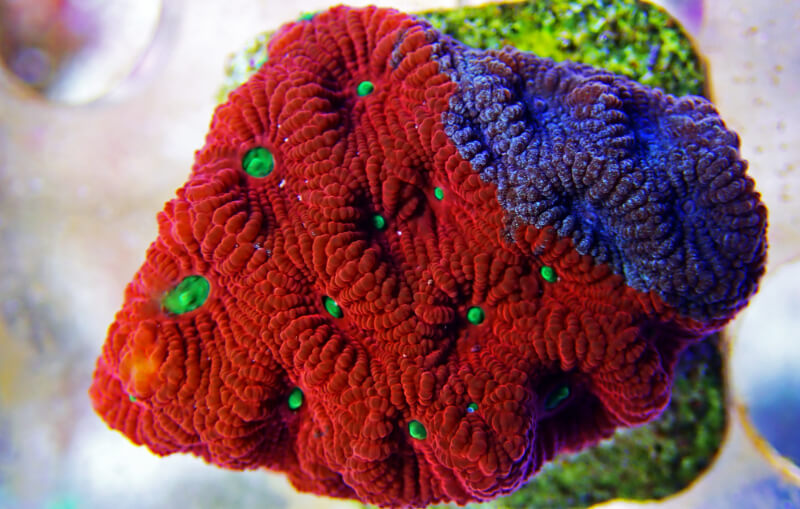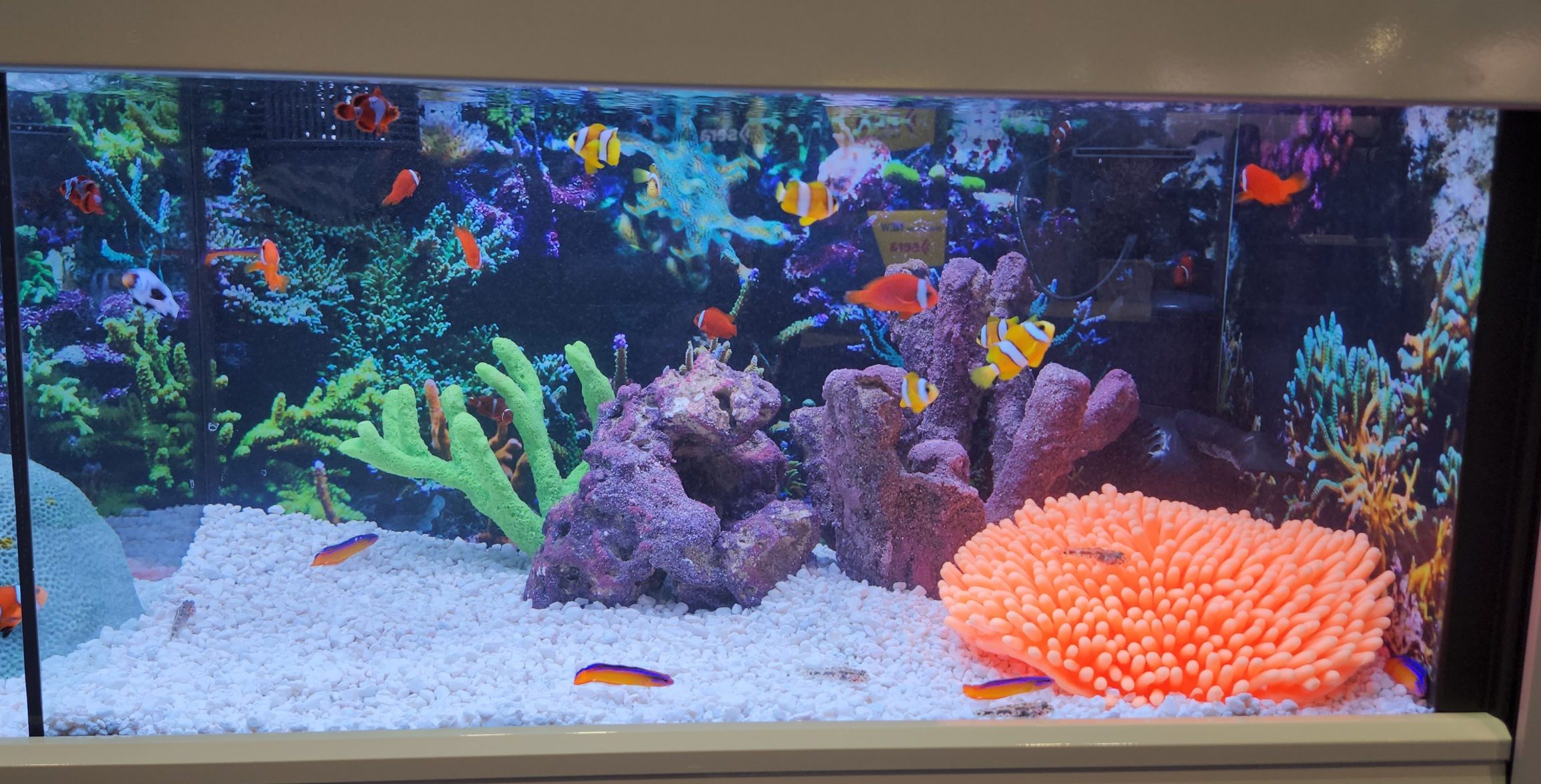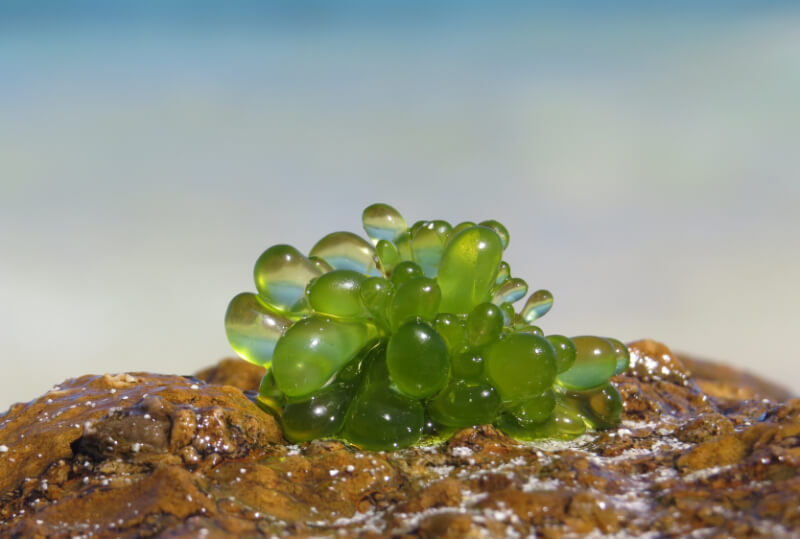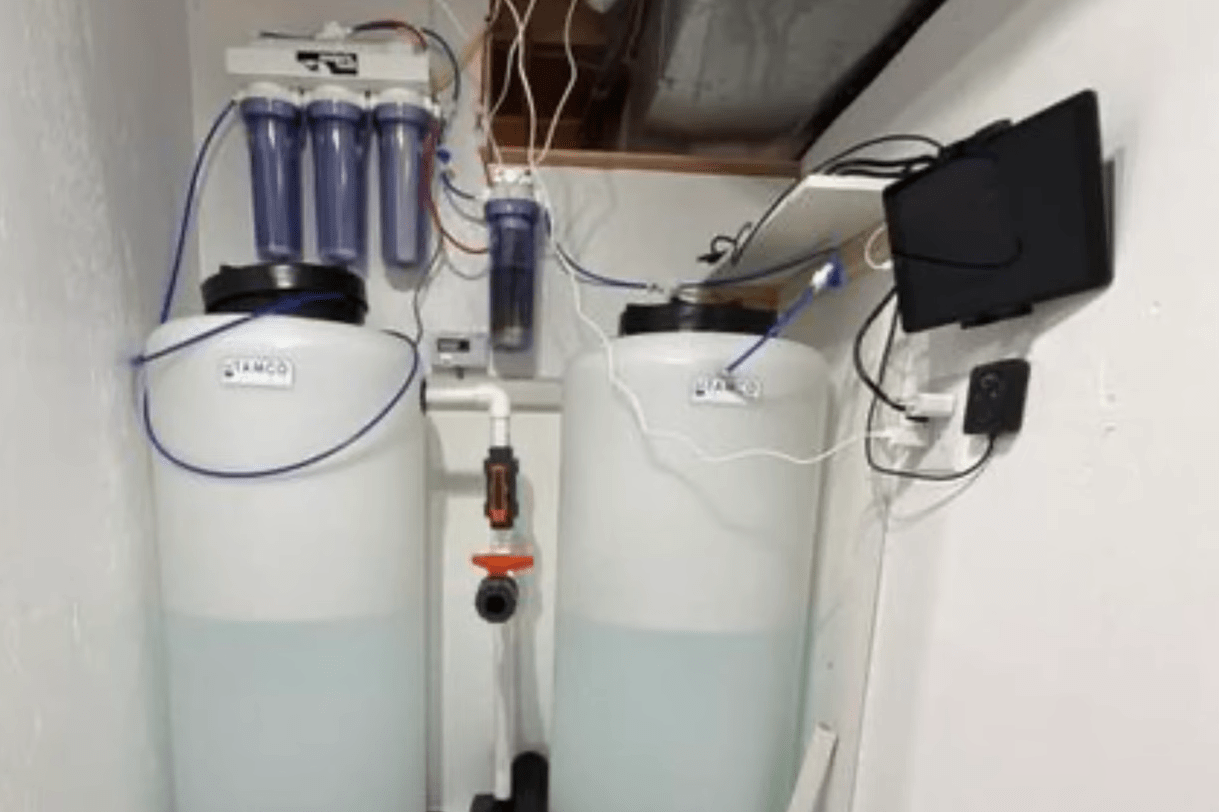Quick Facts
| Other Names: | Closed Brain Coral, Pineapple Coral and Moon Coral. |
| Favia vs Favites: | Different skeletal walls. |
| Tank: | 150 gallons |
| Water: | 72F to 84F, 8.0 to 8.4 pH, 8 to 12 dKH, 1.023-1.025 SG |
| Lighting: | 100 par |
| Growth: | A few mm/yr |
| Feeding: | Zooplankton, mysis shrimp, brine shrimp, and reef roids |
| Mates: | Blennies, Clownfish & others |
| Predators: | Frogspawn, Acan Lords & others |
| Fragging: | Medium difficulty |
Favia Brain Corals are popular choices among reef enthusiasts due to their stunning colors and unique patterns. In this guide, we’ll explore the basic requirements for lighting, water quality, and placement, ensuring that you have a solid foundation to create an optimal environment for your coral.
Whether you’re a seasoned hobbyist or just starting out, this guide will equip you with the knowledge to successfully care for your Favia coral. Let’s dive in!
Species Summary
The Favia Coral is commonly known as the Brain Coral, Closed Brain Coral, Pineapple Coral, and Moon Coral. Its scientific name is Favia sp, its genera are Favia sp. and Favites sp, and it is part of the Faviidae family. This species is an LPS coral, also known as a Large Polyp Stony Coral.
This coral can be found in tropical reef spots, such as the Indo-Pacific region. Specifically, it is frequently found in Japan, Australia, and areas of Africa.
Appearance
When you look at the appearance of the Favia Brain Coral, you could be looking at the Favia or Favites genus. You can tell the difference by checking the coral’s skeleton. The Favia coral features two skeletal walls, while the Favites coral shares a skeletal wall.
The Brain Coral can be found in several vibrant shades, such as green, blue, yellow, and purple, which is perfect for adding a pop of color to your aquarium. These corals also grow into a dome shape with an encrusted body.
Popular Favia Brain Coral Species
There are several species of Favia Brain Coral, and each species is gaining popularity among aquarium enthusiasts. Learning about these species is a great way to choose the right coral for your tank.
- Rare Scorpion King Favia. The Rare Scorpion King Favia is fluorescent yellow with purple and burgundy swirls and speckles, creating a unique addition to your aquarium. Moreover, an outer rim separates the polyps, and the fragments grow up to about 0.75 inches.
- Moon Stone Favia. If you want to add a galaxy vibe to your tank, the Moon Stone Favia is the coral for you. The teal eyes and dark purple rings look stunning on the light blue body, and the fragments grow from 0.75 to 1 inch.
- Red & Green War Coral. The Red and Green War Coral is also known as the Larger Star Coral, and it is part of the Favites genus. As for its appearance, this coral has a captivating deep red body and a bright-green mouth.
- Reverse Prism Favia. For a beautiful combination of purple and teal, the Reverse Prism Favia is a great choice. This coral features purple and teal eyes with multicolored ridges, which can change with various lighting conditions or seasons. In addition, the coral can be found with three to four eyes per fragment.
Author Note: The size varies for small, medium, and large Brain Corals. A small coral measures 1.5 to 2.25 inches, while a medium coral grows up to 2.5 to 3.5 inches. You can find a large coral at 4 to 5.25 inches.
Favia Brain Coral Care
It is easy to care for the Favia Brain Coral, making this LPS coral ideal for both beginner and experienced hobbyists. You can get the most out of your colorful coral by following the guidelines for aspects such as setup, water parameters, and tank mates.
Tank Size
There are several reasons you need to provide a tank with plenty of space for your coral, from its growth to its behavior. Some hobbyists choose a 150-gallon tank to ensure all corals and other species have room for comfortable growth and safe movement.
Water Parameters
Your Brain Coral requires stable water parameters to grow and survive in captivity. This is why it is essential to keep the range of each level as accurate as possible.
| Water temperature: | 72 to 84 degrees Fahrenheit. 82 degrees is close to its natural habitat. |
| pH levels: | 8.0 to 8.4 |
| Water hardness: | 8 to 12 dKH |
| Specific gravity: | 1.023-1.025 |
| Calcium: | 350 to 450 ppm |
| Magnesium | 1200 to 1350 ppm |
| Phosphate: | 0.05 to 0.1 ppm |
| Nitrate: | 1 to 10 ppm |
Tank Setup
When setting up your Favia Coral’s tank, you can add an aragonite substrate, such as a sand bed, to the bottom. In addition to their substrate, you need to keep your coral’s placement, lighting, and water flow in mind to create a safe, healthy environment.
Placement
It is essential to place your coral in a spot with moderate lighting and flow, such as the bottom of the tank. Keeping it at the bottom of the tank also allows your Favia to extend without disrupting other corals or species. Furthermore, placing it on the sand bed at the bottom provides a nice spot for your coral to rest and grow.
Lighting
It is recommended to use low-to-moderate lighting in your Brain Coral’s tank. You do not want to risk bleaching your corals with too much lighting. Luckily, a range of 50 to 150 par works for your coral (aim for 100 par), and you can always adjust within that range as needed. By the way, your Favia and Favites will show off their colors when using actinic lighting as long as it is at least 10,000 Kelvin.
Author Note: With low-to-moderate lighting, your coral can feed on organisms that use photosynthesis. Moreover, the right amount of light allows you to enjoy the coloration of your coral, especially under actinic lighting. Finally, proper lighting conditions will help your coral live for years to come.
Filtration / Water Flow
Your Favia Coral needs low-to-medium water flow or 20 to 40 times turnover. A water flow that is too high or too low may lead to suffocation, starvation, or damage. Keeping the flow low to medium circulates the water and channels food toward your coral without risking its health and well-being.
Author Note: Turnover of water means that the water flow per hour should be 20 to 40 times the volume of your tank. For example, if you have a 100-gallon tank you should aim for 2,000 to 4,000 gallons per hour.
Acclimation
It can take up to several months to acclimate your corals, so patience is key when getting them used to their new surroundings.
For example, you want to start with lower lighting or a darker spot when introducing them to their tank. Pay attention to their behavior and gradually increase the lighting or move them to a brighter spot when they are ready.
Three other important factors to keep track of are temperature, pH and salinity. You could try the drip acclimating method or simply place your coral in a different tub, and add half a cup of aquarium water every few minutes.
When it comes to acclimating your corals, you may find the phrase “Slow and steady wins the race” to be accurate.
Growth
Starting as just a small fragment, the Favia Coral is a slow grower since it only grows a few millimeters per year. Give it some time and it could grow between 1/2in and 3/4in in size. Its growth depends on proper conditions, weekly feedings, and plenty of patience. You may notice several new polyps throughout the year with enough care, proving the time spent maintaining this colorful coral is worth the reward.
Common Diseases & Prevention
The first sign of a stressed, diseased, or dying Favia Coral is receding polyp tissue and the appearance of its skeletal wall.
It is vital to pay attention to your coral’s behavior and tank conditions. Identifying the cause of your coral’s unhappiness or discomfort, such as unstable or intense conditions, makes it easier to repair the issue.
Author Note: A tissue injury can lead to a jelly infection, and you may need to frag that piece to protect the rest of your coral.
As always, the best way to prevent diseases and other issues is to ensure your coral is living in clean water with moderate intensity and stable conditions.
Feeding
It never hurts to feed your Brain Coral rather than relying on photosynthesis alone because it leads to a healthy, growing species.
Favia Corals enjoy feeding on zooplankton, mysis shrimp, brine shrimp, and Reef Roids. You want to feed them three times a week on a nighttime schedule. You may be wondering why it is recommended to feed them at night, especially if other species feed during the day. Nighttime is when their polyps are extended, making it easier for them to capture their food.
One idea is to turn off the pumps for 20 to 30 minutes while feeding your corals. This way, your corals have more time to grab and eat their food.
Your corals also catch food particles dropped by other species, providing another way for them to get the nutrients they need.
Favia Coral Tank Mates
Favia Corals are aggressive and go as far as attacking other species with their sweeper tentacles for food or space.
There are several corals that can be kept in the same tank as your Favia Brain Coral, as long as there is enough room for all of them to live peacefully.
- Cyphastrea Coral
- Green Star Polyps
- Kenya Tree Corals
- Ricordea
- Toadstool Leather Corals
You can keep several reef-safe invertebrates and fish in the same tank because they do not bother your coral’s extended polyps.
Now, it is equally important to learn which corals, fish, and invertebrates do not make good tank mates for your Brain Coral. You never want to place your Favia Corals near hungry invertebrates or other stinging corals.
Author Note: You can also place LPS and SPS corals in the same tank; just keep them at a safe distance from your Favia Brain Corals.

Propagation and Fragging
Favia Corals rarely sexually reproduce in captivity, but you can encourage asexual reproduction with fragging.
It may seem intimidating to frag these corals because of the cutting required, but this method is not impossible to do on your own. All you need to do is follow the step-by-step instructions.
1. Start by gathering the required supplies, such as a tile saw, lubricated band saw, or Dremel rotary. You also need iodine, glue, and fragging disks.
2. Using extreme care, cut between the corallites with your chosen saw. Remember, Favia Corals have two skeleton walls, so it may be easier to frag them over the Favites Corals.
3. Soak the frags in iodine to keep the wounds from becoming infected. If you are using a lubricated band saw, consider adding iodine to the mixture just to be safe.
4. Glue each fragment onto the fragging disk to give them a safe place to recover. Like other corals, it may help to place them in a separate fragging tank.
5. Once your frags are fully recovered, place them in their designated spot in your aquarium.
In case you are looking for a more comprehensive guide on how to frag corals, check our Coral Fragging Guide.
In Conclusion
Favia corals can be a stunning addition to your marine aquarium, bringing color and life to your underwater world. By following the care tips outlined in this guide, you can provide a conducive environment for your Favia coral to thrive.
Regular observation and maintenance are crucial in maintaining the well-being of your Favia coral. With proper care and attention, your Favia coral can become a focal point of beauty in your reef tank, bringing joy and awe to both you and your admirers.
If you will share colorful photos of your Favia Coral don’t forget to tag us on Facebook, and for additional information check our other Coral Care Guides.




